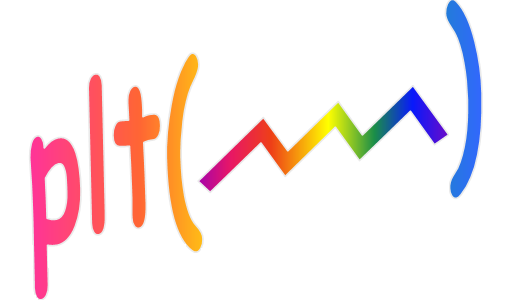
| • pltSig.exe | Opens the pltSig window shown below, allowing you to run all the toolbox applications. |
| • erip.exe | This is the filter design application. You don't really need this exe file because you can also start the filter design application by clicking on the erip button in the pltSig window. However, this executable gives you a faster way to start erip. (Many users download pltSig.exe primarily to run this filter design application.) |

